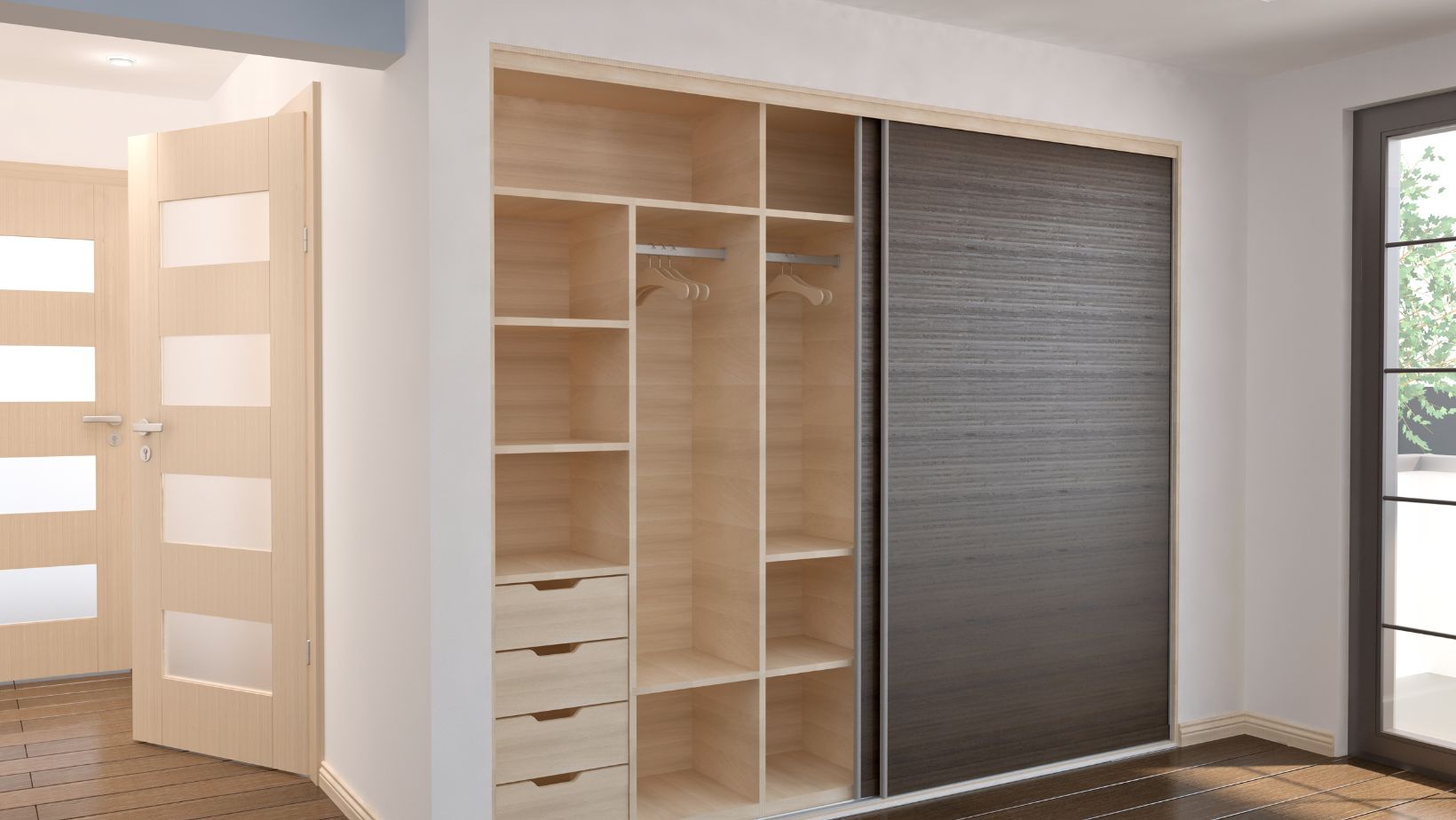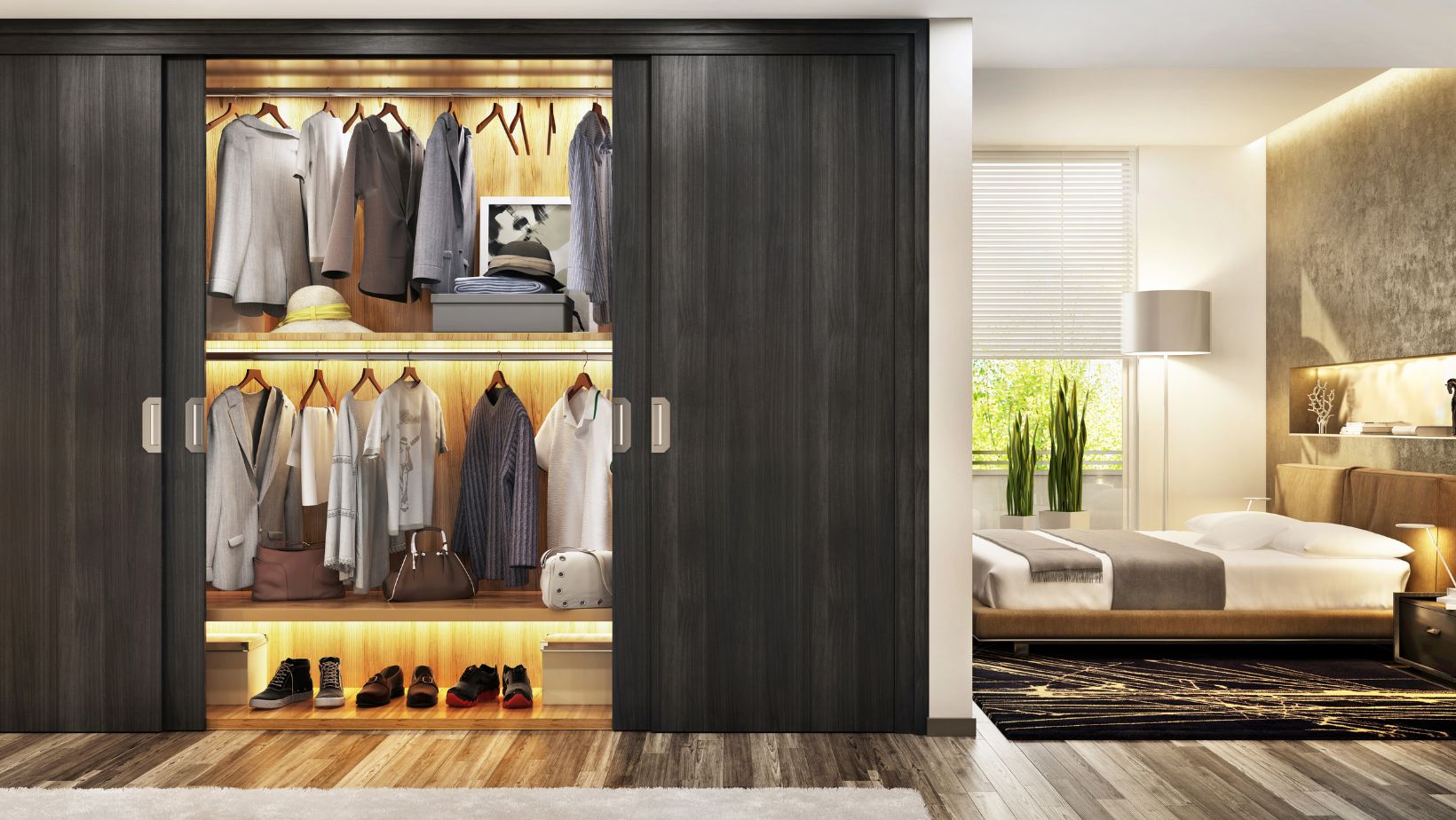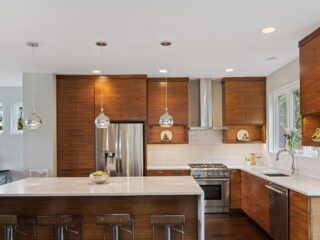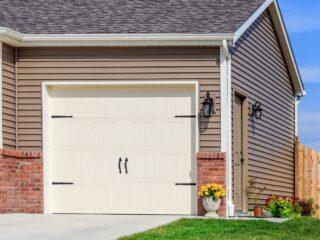
Sliding closet doors are a popular choice for many homeowners due to their space-saving design and stylish appearance. These doors offer a convenient solution for organizing and accessing your belongings while adding aesthetic value to your living space. Whether you’re looking to update the look of your bedroom or maximize storage in a small apartment, sliding closet doors can be the perfect solution.
One of the key advantages of sliding closet doors is their ability to save space. Unlike traditional hinged doors that swing open and require ample room clearance, sliding doors operate by gliding along a track, allowing you to utilize every inch of available floor space. This makes them ideal for tight spaces or rooms with limited square footage.
Sliding Closet Doors
When it comes to selecting sliding closet doors, there are a few key factors to consider. The right choice can greatly enhance the functionality and aesthetics of your space. Here are some important points to keep in mind:
- Size and Space: Measure your closet opening accurately before making a decision. Take into account both the width and height of the space available. This will help determine whether you need standard-sized doors or if custom options are necessary.
- Material Options: Sliding closet doors come in various materials, each with its own advantages and considerations:
- Wood: Provides a classic and warm look, but may require regular maintenance.
- Mirrored: Adds depth to the room while serving as a functional full-length mirror.
- Glass: Offers a modern touch, allowing light to flow through while showcasing your wardrobe.
- Laminate: Provides durability and comes in different finishes, including wood grain patterns.
- Style and Design: Consider the overall aesthetic of your room when choosing sliding closet doors. Whether you prefer sleek minimalism or intricate detailing, select doors that complement your existing decor.
- Door Operation: There are two main types of sliding door mechanisms: bypass and bifold.
- Bypass Doors: These slide past each other on tracks, offering easy access to one side of the closet at a time.
- Bifold Doors: They fold open like an accordion, providing full access to the entire closet when opened.
- Hardware Selection: Pay attention to hardware details such as handles or pulls that match your desired style and provide ease of use.
- Budget Considerations: Determine how much you’re willing to invest in sliding closet doors without compromising quality or functionality.

Different Types of Sliding Closet Doors
1. Traditional Panel Doors
Traditional panel doors are a classic choice for sliding closets. They consist of large panels that slide along a track, allowing easy access to your clothing and belongings. These doors are often made of wood or laminate materials and come in various finishes to match any interior design style.
2. Mirrored Doors
Mirrored sliding closet doors serve a dual purpose – they not only provide access to your closet but also act as full-length mirrors. This is particularly useful if you have limited space in your room or if you want to create the illusion of a larger space. Mirrored doors can enhance natural light and make your room appear brighter.
3. Frosted Glass Doors
For those looking for a touch of elegance and modernity, frosted glass sliding closet doors are an excellent choice. These doors offer privacy while still allowing some light transmission into the room. Frosted glass can add a sleek and contemporary look to any bedroom or dressing area.
4. Louvered Doors
Louvered sliding closet doors feature horizontal slats that allow for ventilation while maintaining privacy within the closet space. These doors are commonly made from wood or composite materials and give off a charming, rustic vibe.
5. Bi-Fold Doors
Bi-fold doors consist of two hinged panels that fold open when you want access to your closet contents. They are ideal for tight spaces where traditional swinging doors may not be feasible. Bi-fold doors come in various materials such as wood, PVC, or aluminum frames with different panel designs.





